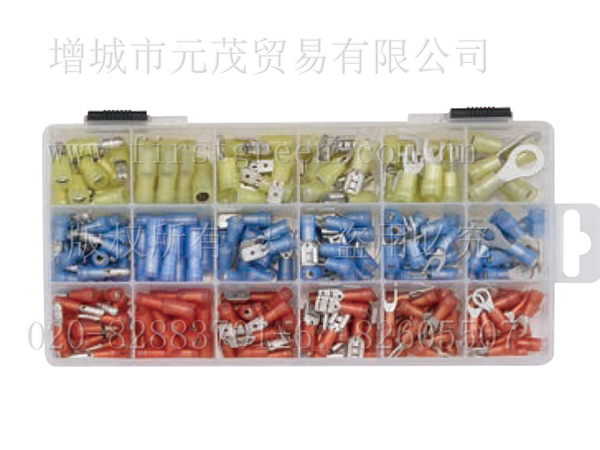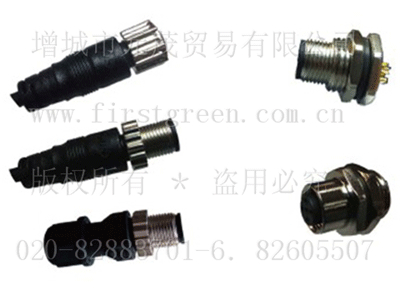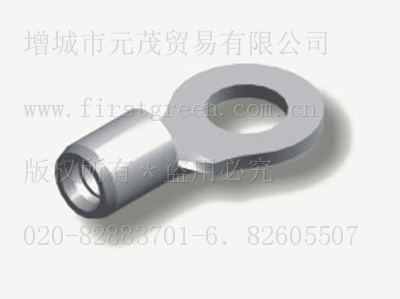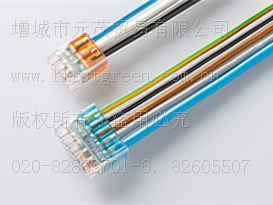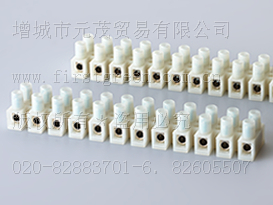To prevent of tin reflux discoloration connector plating process.
2016-09-26 23:00:08 Source:admin Editor:
Based on the increasingly enhanced awareness of the West and Japan and other industrialized surrounded the home of the protection of the ecological environment,the European Union (Ec), no lead (Pb) and other hazardous substances used WEEE / ROHS Directive, as well as by the Chinese government to develop suited to their national conditions "RoHS" Act refers to ROHS Directive upcoming enforcement in integrated circuits / leadframe, passive components and the connector industry, the pure tin plating has become a widely accepted tin-lead plating alternatives. But for the pure tin plating of the connector, usually has the following problem: When raised to 260 ° C with a flow temperature from 235 ℃ cause tin discoloration, Discoloration after tin coating will show poor appearance, leading to the final product is not accepted by the users.
While pure tin has become a widely accepted weldability of surface of the tin-lead alternatives, but in the automotive and consumer industries, pure tin plating process or a difference. Bright tin plating on the connector better appearance and better welding performance after thermal aging are widely used in computers, mobile phones and other consumer electronic products. However, in the automotive industry for product reliability considerations relative to the bright tin, matte tin (matte tin) is preferred. In short, even matte tin and bright tin, tin plating discoloration after reflow unacceptable. Therefore, the author by using the nickel layer sheet re-phosphorus plating layer of nickel (Ni-P) alloy process for forming a bilayer in Ni / Ni-P plating, the surface of the nickel layer of pure tin is effective in improving the reflux discoloration problem.
Analysis of tin reflux discoloration.
In simple terms, the reflow of tin the discoloration and tin oxide layer thickness of a great relationship. When different heat treatment for the bright tin will produce a different thickness of the oxide layer due to the different heat treatment conditions.The connector is no discoloration under different temperatures processing seen from the figure, in the sample after drying and baking, steam aging, yellowing of the sample after the test, but refluxed at 260 ℃ 3 times after the samples becomes purple. Auger spectra in the figure show that the thickness of the tin oxide produced in the drying and baking at 150 ℃ after 24h is about 50Å, steam aging 12h after a tin oxide of approximately 250Å, and reflux for 3 times at 260 ℃, the oxide film in the coating more than 500Å. This illustrates the formation of discoloration and tin oxide in the tin after treatment, and the discoloration from the interference color of the oxide layer. Drying and baking at a relatively low temperature and water vapor, and therefore produce less oxide. 12h of steam aging test, carried out at high humidity, the table while the oxide layer is thicker. Auger spectrum shows the oxide layer the constant sn / 0 ratio, which shows the surface thereof a large number of crystalline particles of the oxidation reaction occurred. In the reflow process, the sample will pass through the temperature region for a period which exceeds the melting point of tin, wherein the coating reaches a molten state. Auger spectrum although the oxide layer has a relatively low oxygen content, but it is present in the coating depth at. It showed that the oxidation reaction occurs mainly in the defect area and grain boundary during reflow.
Prevent the tin coating discoloration process.
To adjust grain and carbon content.
The study found that larger crystal grain size, a lower density of the grain boundaries, and the content of co-deposited carbon helps to control the reflux of tin discoloration. Therefore, new technology uses a method of adjusting the grain and a carbon content. Figure 3 compares the new process produces the tin layer and the traditional structure of the crystal orientation of the bright tin layer. Compared with conventional bright tin, although the new solder process resulting tin layer has a larger crystalline particles, however, the extent of its light can still be compared and traditional bright tin. Since the semi-bright tin has a larger crystal grain size and a lower grain boundary density, thus showing less reflux discoloration problem. Analysis of the extracts can be seen from the Auger electron depth . After refluxing for 3 times at 260 ℃ conventional bright tin surface will produce 400 ~ 500Å of the oxide layer, and the corresponding surface of the semi-bright tin generated oxide layer but less In 150Å.
Ni2-P alloy plating on underlying.
Under certain conditions, for example, bath aging, run the current density is too high, and multiple reflow cycle, etc., by the new production process of the semi-bright tin-tin will still produce discoloration. In order to effectively to control reflux the oxidation problem, the development of a single alternative with Ni2-P alloy coating on the bottom of the tin plating Ni-P coating process, and achieved satisfactory results.
In fact, the tin reflow discoloration with different intermetallic the formation of the substance (IMC) are closely related. Reflow tin plating on copper and its alloys there would be no obvious discoloration problem. However, the tin plating layer on the nickel substrate during reflow, will typically to produce tin reflux discoloration. This is because they form different intermetallic compounds such CuSn and NiSn sake. After the top of the nickel layer covering the thin layer of Ni2-P plating, and tin reflow performance can be improved. Is probably due to the junction of Ni / Sn intermetallics formed metal objects (IMC) its shape change, thus accelerating the speed of tin was crystallized from the molten state at reflux, reducing the discoloration due to oxidation problems.
By post-processing to control the oxidation of the surface of the tin layer.
Common problems include grain products arranged on the flaws, bubbles scar or pinhole in the tin layer surface, these defects will be exacerbated by the oxidation reaction of the plating layer. Studies have shown that a new post-treatment process can reduce the oxidation of the surface defects risk. The traditional basic process is designed to in plating surface acidic residues to other residues from plating on rinse. A new post-treatment process in the removal of surface defects thereby reducing the diffusion through the defect into the towel in the high-temperature reflow process oxides plating, while removing the plated surface on the residue. The post-treatment process can effectively improve the reflow of the tin plating layer discoloration problem.
Application Effect.
The engineer of professional lighting connector agent First Green Trading Ltd., Mr. Chen said ,the new technology has been applied to pure tin plating production line in connector. The process to produce the sample has passed JE. DEc tin whisker testing experiment . Reported in the literature, the possibility of bright tin generate whisker. But after dry roasted or nickel plated underlying bright tin and matte tin whisker growth risk can be kept under control.
Discoloration problem by using a series of different ways to effectively control the same flow of the tin plating layer. Including having a larger crystal grain size and the smaller the grain boundary density alternative to traditional semi-bright tin has a very fine crystalline size of the bright tin and the tin layer is refluxed discoloration improved; nickel phosphorus (Ni-P) as a tin plating layer on the substrate can be an intermetallic compound is formed in the solder reflow process, this metal intermetallic compound to improve the crystalline properties of the tin, reducing reflux discoloration; Finally, by using the acid after the treatment process is selective removal of surface defects, reduce oxidation reaction exacerbated due to flaws in the reflow process.The entire process, including post-treatment process of the semi-bright tin plating layer, Ni2-P substrates, and acid, they can be in a complementary manner to reduce the oxidation phenomenon of the connector applications and tin plating reflux discoloration problem and achieve satisfactory results.
































































































































































































































